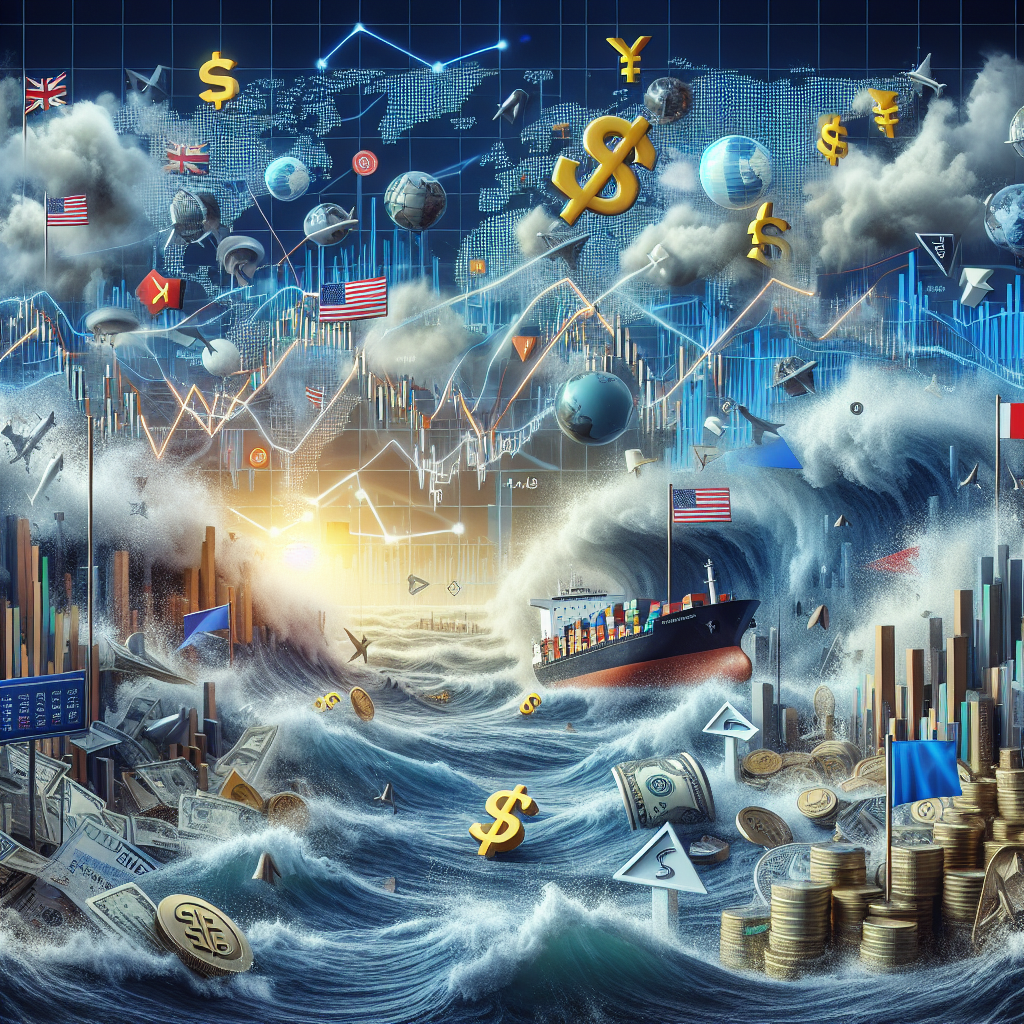Market Turmoil Sparks Investor Anxiety Over Trump Tariffs
On April 4th, 2025, U.S. markets witnessed a dramatic downturn, signaling rising tension within financial circles as traders grapple with escalating trade uncertainties. President Donald Trump’s proposed tariffs have become the epicenter of this chaos, sparking fears of a prolonged trade war and significantly disrupting investor confidence. The Dow Jones Industrial Average fell over 800 points, triggering alarms across global markets.
Why Are the Markets Reacting So Strongly?
At the heart of the selloff is the Trump administration’s aggressive stance on trade. President Trump recently proposed a new wave of tariffs on key imports, citing the need to correct longstanding trade imbalances and protect American manufacturing. However, these protectionist measures have raised red flags among economists and traders alike.
Key concerns include:
- Rising production costs for U.S. businesses dependent on imported materials
- Global supply chain disruptions due to retaliatory tariffs from other nations
- Increased consumer prices that could stifle domestic demand
- Heightened geopolitical tensions on the trade front with key partners like China and the European Union
Investors Respond With a Flight From Risk
As tariff rhetoric intensifies, volatility has returned with a vengeance to Wall Street. Investors are demonstrating classic risk-averse behavior—selling off equities and migrating toward traditionally safer assets such as Treasury bonds and gold. Technology and industrial stocks, which are particularly sensitive to global trade dynamics, were hit hardest during Thursday’s rout.
Dow Jones: Down 800 points
S&P 500: Drops 2.5%
NASDAQ: Suffers a 3.2% dip
Wall Street’s reaction underscores the market’s waning faith in the current economic trajectory if tariff implementation proceeds without resolution.
Business Leaders Voice Alarm
Top executives across several industries have spoken out against the administration’s tariff strategy. Major trade groups warn that the added costs will inevitably be passed on to consumers, eroding disposable income and further weakening economic momentum.
Chad Houser, a senior economist at MarketStone Capital, stated, “We’re already seeing companies scale back investment plans. The uncertainty caused by these trade policies is freezing corporate decision-making.”
Global Ripple Effects
The market selloff isn’t limited to the U.S. Major global indices in Europe, Asia, and Australia followed Wall Street’s downward trend, reflecting the interconnected nature of global trading systems. Emerging markets, in particular, are feeling the brunt of investor pullback as capital flows out in search of safer shores.
The International Monetary Fund (IMF) has revised its global growth projections downward, citing U.S. tariffs and potential retaliatory measures as key drags on global economic expansion.
Consumer Impact Is Inevitable
While markets and corporations are already feeling the weight, the average American consumer is not far behind. From electronics and automobiles to everyday goods, the cost hike from tariffs threatens to inflate prices and reduce purchasing power.
Retailers are also warning that the upcoming summer shopping season may underperform due to weakened consumer sentiment and thinner margins.
Political Ramifications Growing
The market response to the tariff announcements is also creating new political pressures. Bipartisan voices in Congress have begun urging the President to revisit his strategy and instead pursue more constructive negotiations with trade allies.
With the 2026 midterm elections looming in the background, economic pain directly resulting from tariffs could become a potent issue, potentially reshaping the political landscape if economic conditions deteriorate further.
Conclusion: Tariffs Intensify Economic Uncertainty
The April 4 market selloff serves as a stark warning of the fragility of both investor sentiment and global economic stability. As President Trump continues to push his tariff agenda, all eyes remain on potential policy reversals or trade negotiations that could calm market nerves.
In the meantime, the volatility underscores one clear truth: in an interconnected economy, protectionist measures can have vast and immediate consequences. Investors, businesses, and consumers alike must prepare for turbulence unless clarity or compromise is soon reached.
Stay tuned as we monitor updates on the Trump tariffs and the evolving response from markets around the world.



Leave a Reply